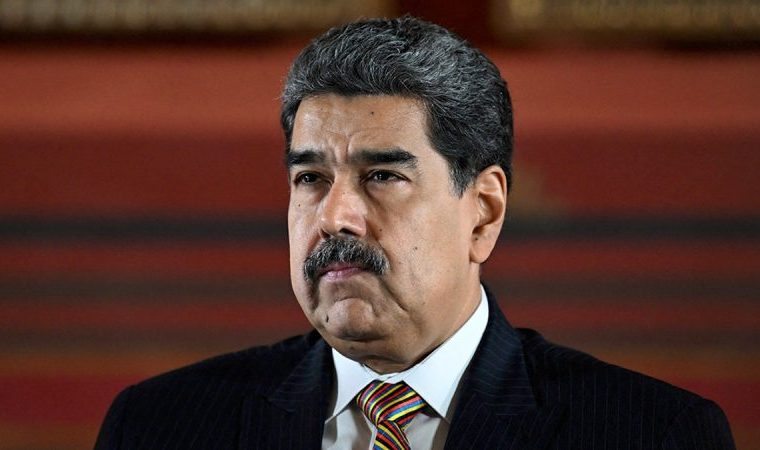
Water, water, nowhere?
Growing up on the east coast, and now living in the mid-west, water quantity has never been an issue for me or my work (water quality is an issue, but quantity, less so). APPARENTLY* water quantity is an issue in the western U.S. So how do you solve the common resource problem when the water sources flow/pass through at least seven states? By ignoring the elephant (California) in the room:
The seven states that depend on the Colorado River have missed a Jan. 31 federal deadline for reaching a regionwide consensus on how to sharply reduce water use, raising the likelihood of more friction as the West grapples with how to take less supplies from the shrinking river.
In a bid to sway the process after contentious negotiations reached an impasse, six of the seven states gave the federal government a last-minute proposal outlining possible water cuts to help prevent reservoirs from falling to dangerously low levels, presenting a unified front while leaving out California, which uses the single largest share of the river.
The proposed pact between the other six states (Arizona, Colorado, Nevada, New Mexico, Utah, and Wyoming) lays out a plan to preserve water in Lake Mead (Nevada) and Lake Powell (Arizona):
The Consensus-Based Modeling Alternative includes, but is not limited to, the following modeling criteria for [Bureau of Reclamation] to consider and analyze:
Adjustments to the existing ‘07 Guidelines, including reduced releases from Lake Powell and Lake Mead to ensure the deliverability of water downstream and power production. Adjustments to Lower Basin contributions required under Drought Contingency Plan. Accounting for more than 1.5 million acre-feet of losses within the Lower Basin that are necessary to protect infrastructure. Additional combined reductions of 250,000 acre-feet to Arizona, California and Nevada at Lake Mead elevation 1,030 feet and below. Additional combined reductions of 200,000 acre-feet to Arizona, California and Nevada at Lake Mead elevation 1,020 feet and below, as well as additional reductions necessary to protect Lake Mead elevation 1,000 feet. Actions outlined within the Upper Basin State’s Drought Response Operations Agreement. Additional voluntary conservation measures that take into account hydrologic shortage in the Upper Division States.It’s going to be interesting to water whether the group of six can hold together their coalition against the influence of California:
“While our goal remains achieving a seven-state agreement, developing and submitting this consensus based alternative is a positive step forward in a multi-phased environmental review process critical to protecting the Colorado River system.” said John Entsminger, Southern Nevada Water Authority General Manager.
*Facetious




